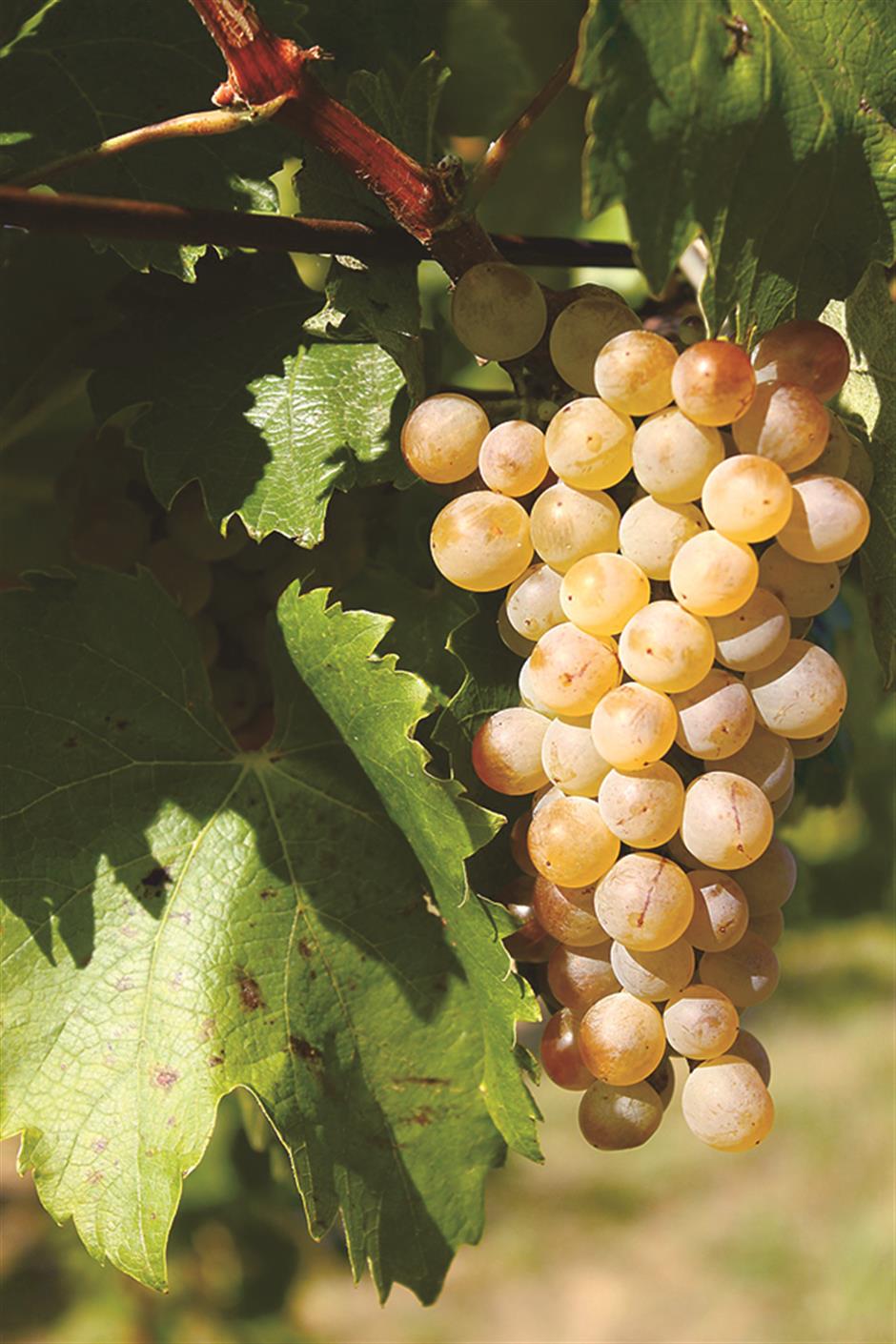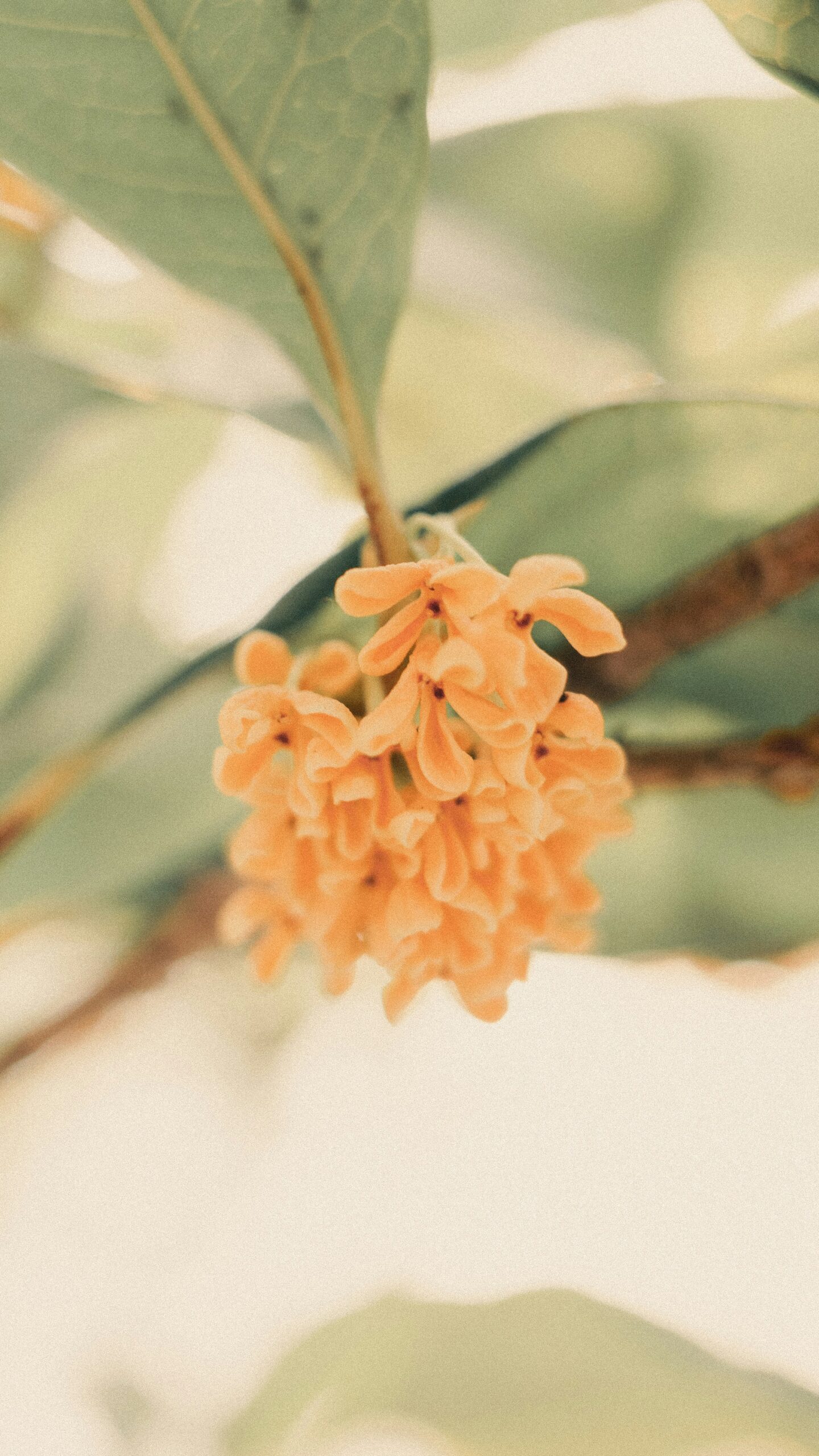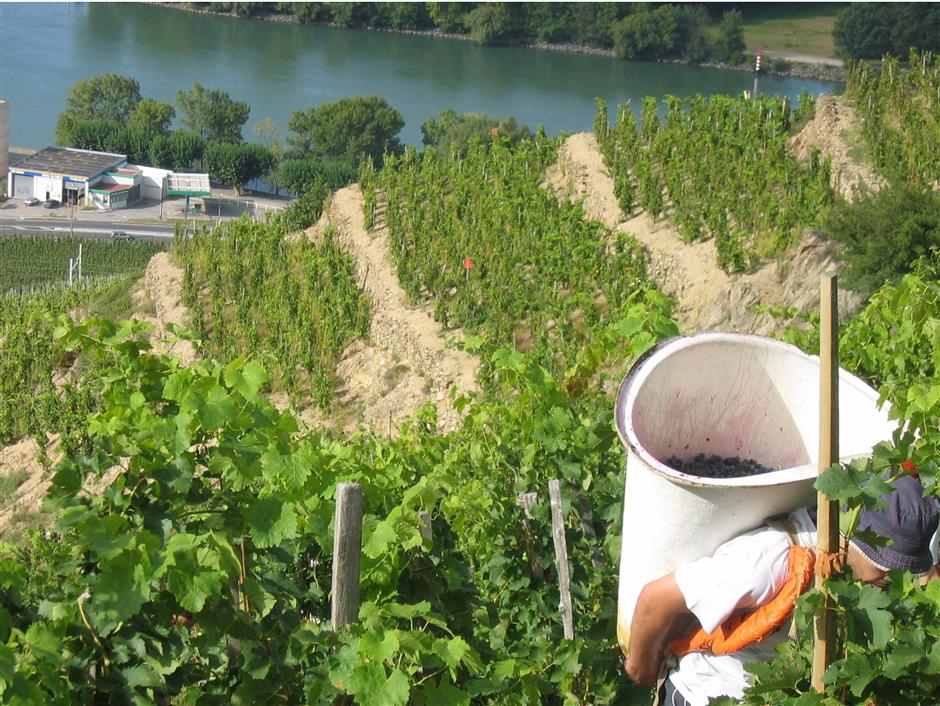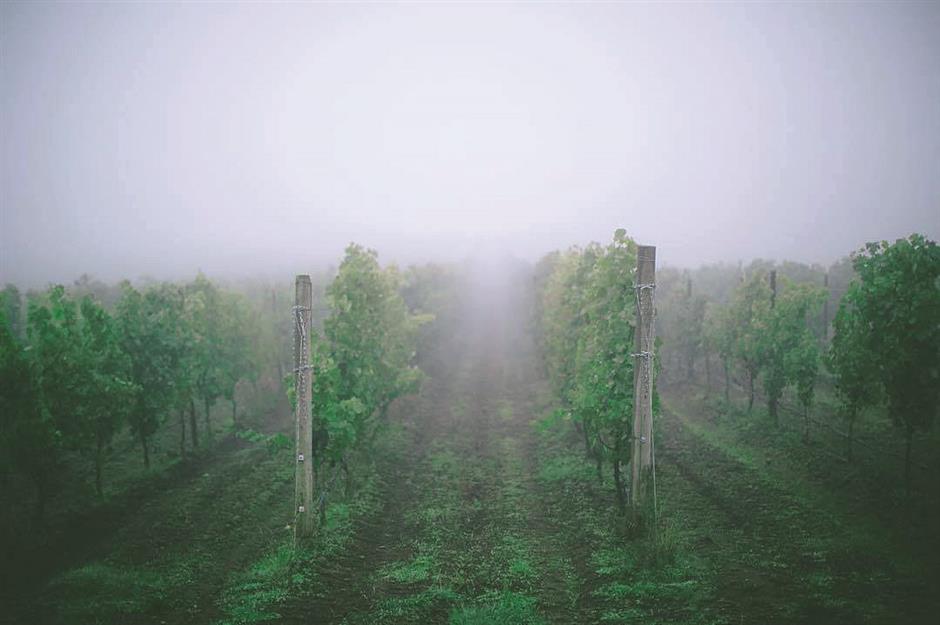Summary
Shanghai Daily writers are serving up a yummy story on the world of Chinese fermented glutinous rice treats. Most frequently used in classic Chinese desserts and sweet snacks, this special ingredient is also used to embellish the flavors of fish and savory meats. One of my all time favorite expressions of the former is seasonal shad fish braised in glutinous rice sauce adorned with Jinhua ham and ginger.
Sweet fermented rice desserts as well as savory dishes all benefit from an appropriate wine partner. Several dry wine styles pair nicely, but I’d argue that a top sweet wine brings out the most enchanting sensations of fermented glutinous rice preparations. The question is, which sweet wine? My answer would be the most underappreciated and least understood great sweet wine in the China market.
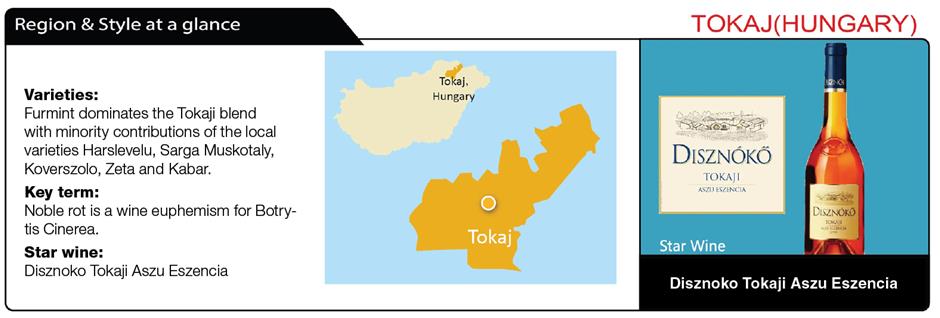
Tokaj
Though Sauternes from Bordeaux are arguably the world’s most famous noble rot sweet wines; the Tokaj region in Hungary makes equally marvelous noble rot sweet wines. In fact, this region discovered the magic of Botrytis Cinerea wines centuries before the winemakers of Bordeaux. The word Tokaj denotes the region, while Tokaji refers to the wine.
Hungarian legend has long asserted that winemaker Szepsi Laczko made the world’s first noble rot wines in 1631. Just before harvest time invading Turks chased him from his vineyards. But when he returned months later his grapes were already infected by the Botrytis Cinerea fungus. Desperate for some financial return he went ahead and made wines with the semi-rotted grapes, and the first eureka moment of noble rot sweet wine was born.
This engaging tale on the origin of Tokaji endures today, but recent discoveries disprove its veracity. A number of years ago, a collection of long hidden bottles of Tokaji wines that date back to the 1571 vintage was discovered. Amazingly most of the wines were still beautifully drinkable.
In 1730, the Tokaji region became the world’s first classified wine appellation, predating Port wines and over 125 years before Bordeaux was classified. The French Sun King, Louis XIV, famously stated that the sweet wines of Tokaji were “Vinum Regum, Rex Vinorum” or “the wine of kings and the king of wines.” Musical virtuosos like Beethoven, Schubert, Liszt and Strauss all lavishly praised the wines, which were staple drinks at noble courts where their music was frequently played. Other devotees included Catherine the Great, Leo Tolstoy and Voltaire. In the early 1800s, wine-loving US President Thomas Jefferson was fond of serving Tokaji wines at presidential banquets. Today, Tokaji wines are so treasured and beloved in Hungry that they are even a featured lyric in the national anthem.
Most Tokaji vineyards lie in northeastern Hungary, bordered by the expansive Carpathian Mountain range that traverses Central and Eastern Europe. Formerly known as Tokaj-Hegyalja, the region covers more than 5,600 hectares of vineyards that surround 27 historic villages. The region’s soils are a patchwork of various types. Volcanic clays are found in the higher sites on hillsides while lower-lying sites have layers of loess and other sedimentary soils. On the banks of the Bodrog River on the region’s eastern edge, sandier soils predominate. Winters are cold and windy, while summers feature hot days and cooler evenings. This allows for a very long ripening period that helps bequeath freshness and elegance to the wines.
The principal grape in Tokaji wines is Furmint, a late-ripening variety that’s extremely prone to noble rot. Furmint dominates the Tokaji blend while a minority contribution of the local varieties Harslevelu, Sarga Muskotaly, Koverszolo, Zeta and Kabar may also be used. Over the summer, the Furmint grapes develop thick skins and as they ripen in the early fall the skins become thinner, allowing the sun to evaporate much of the water within thereby concentrating the sugars of the grape. Under the same conditions, most other varieties would ripen to the point of bursting but the Furmint variety uniquely develops a second skin that effectively seals the inner juices from the progressive rot until the time for harvest.
Another factor that distinguishes Tokaji wines is the special microclimate in the aging cellars. Constructed between the mid-15th and late 17th centuries, the 161-kilometer-long cellars offer the perfect temperature and humidity for long aging, as well as a special mold that feeds on the evaporating alcohol from the casks.
The zenith levels of Tokaji sweet wines are Aszu and Eszencia. Aszu wines are rated according to residual sugar or sweetness from 1 to 6 puttonyos. In particular, the super concentrated Aszu 5 and 6 puttonyos wines provide a sublime sweet drinking experience with seductive honeyed apricot, pineapple and lychee fruit flavors often with spicy ginger and nutmeg notes. The perfect balance between sweetness and freshness is a quality both Tokaji and Sauternes wines share, but the former boasts a more exotic nature.
Tokaji Eszencia wines are unique. Even more opulently sweet than 6 puttonyos Aszu wines, these wines are harvested as late as December or even January and are made from the free run juice of the botrytized grapes that subsequently undergo years of slow fermentation. Lower in alcohol than Aszu wines, Eszencia wines are supremely lush, syrupy and sumptuous but still feature a nicely acidic backbone. Because of their extreme concentrations of sugars that act as a preservative, Eszencia wines can remain remarkably fresh and drinkable for 200 years or more.
Some leading Tokaji producers who have wines available in Shanghai include Disznoko, Oremus, Andrassy, Pinceszet, Chateau Megyer, Hetszolo and Royal Tokaji. Excellent Tokaji vintages to look for are 2013, 2010, 2007, 2006, 2003, 2001, 2000, 1999 and 1996.
Where to buy in Shanghai
www.vinehoo.com
Disznoko Tokaji Aszu Eszencia
Disznoko Tokaji Aszu 5 Puttonyos
Andrassy Tokaji Aszu 5 Puttonyos
www.everwines.com
Oremus Tokaji Aszu 5 Puttonyos
Oremus Tokaji Aszu 3 Puttonyos


